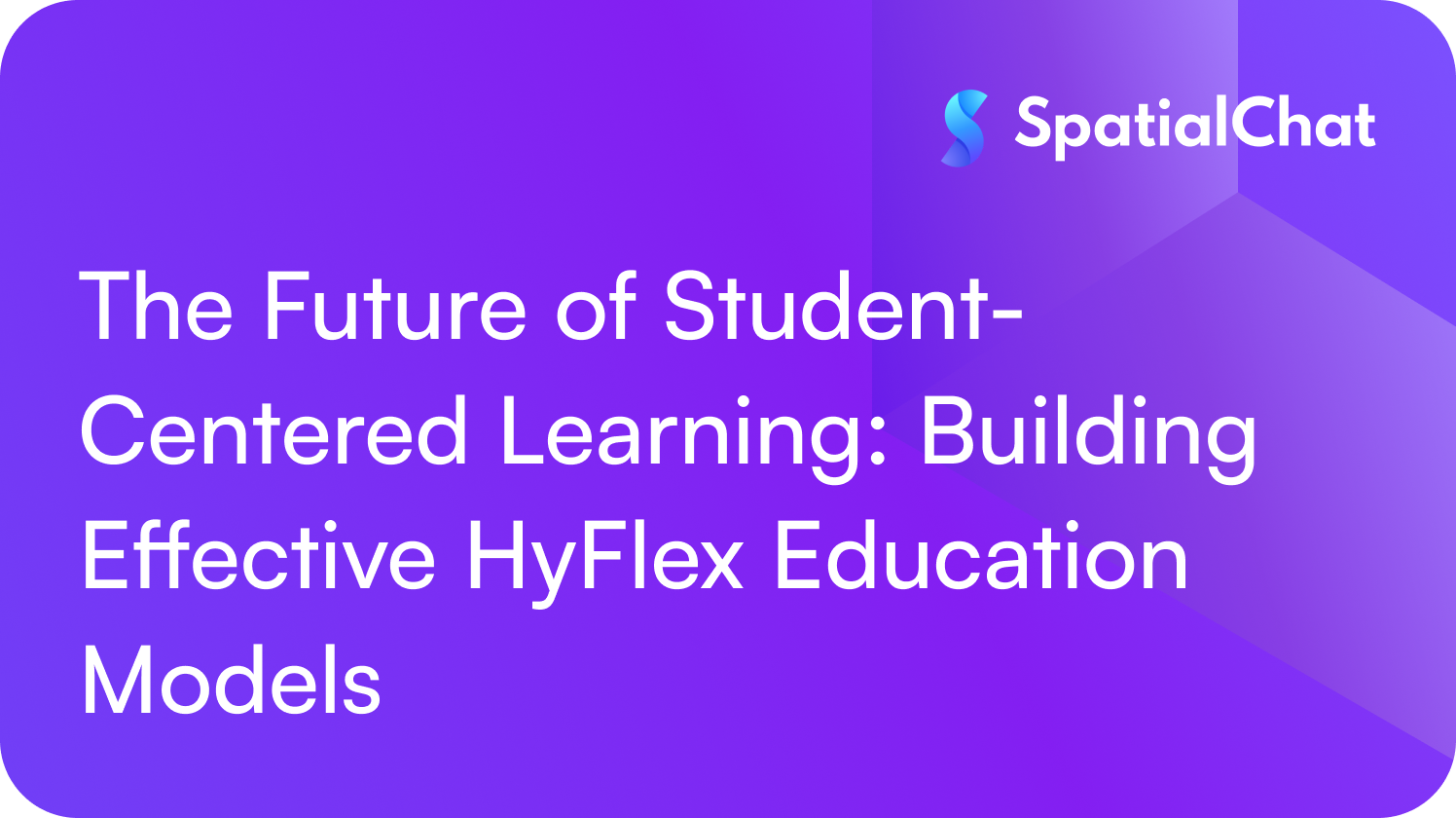The shift to hybrid learning during the pandemic revealed a powerful truth: when students are offered more flexibility in how they access education, they’re more likely to stay engaged and succeed. Now, as universities move beyond emergency remote teaching, many are investing in HyFlex education models—approaches that blend in-person and online learning in a way that gives students control over their learning experience without compromising quality.
Yet the move toward HyFlex learning is not without its challenges. As institutions adapt their teaching methods to serve both remote and in-person learners simultaneously, they must rethink how they engage students, deliver content, and support diverse learning styles.
Flexibility Meets Expectation
Today’s students increasingly expect flexibility as a standard feature of their educational experience. For many, the ability to choose between attending a class in person or joining remotely based on their learning preferences, health, schedule, or location makes a significant difference in how they approach their studies. In fact, many learners report that a blended model better prepares them for the digital workflows and collaborative environments of the modern workplace.
But flexibility alone isn’t enough. It needs to be accompanied by intentional design choices that prioritize equity, engagement, and connection across all learning modalities.
Overcoming the Engagement Gap
One of the biggest hurdles institutions face in implementing HyFlex models is ensuring that online learners feel as valued and included as those physically present in the classroom. Without deliberate strategies, remote students can easily fall into a “second-class citizen” experience—disconnected from the energy of the in-person environment, overlooked in discussions, and unsupported in their learning journey.
Educators are now rethinking classroom dynamics to close this engagement gap. Some strategies include assigning dedicated instructors to focus on online cohorts, designing interactive activities that bring both groups together, and using collaborative digital tools to promote shared participation. When implemented well, these practices ensure that both online and on-campus students have a sense of presence and belonging.
Adapting to New Learning Norms
The transition to HyFlex teaching also requires a cultural shift for both students and instructors. Learners who are accustomed to traditional, lecture-based education may struggle to adjust to formats that demand more self-direction or technological fluency. Instructors, on the other hand, may find it difficult to manage the dual demands of in-person and virtual instruction without clear pedagogical frameworks or institutional support.
Supporting this transition means providing students with access to recorded lectures, transcripts, interactive quizzes, and clear learning materials that allow them to study at their own pace. At the same time, educators need training and resources to effectively deliver content across modalities, foster interaction, and monitor progress in both settings.
Encouraging Participation and Presence
Even in well-designed HyFlex environments, sustaining engagement can be a challenge. Students often turn off their cameras during online classes, leading to reduced interaction and a sense of disconnect for instructors. This kind of passive participation makes it harder to build the vibrant learning communities that foster deep understanding and collaboration.
To counter this, educators are incorporating active learning techniques such as polls, breakout sessions, and discussion boards that require ongoing student input. Assessment strategies are also evolving to reward participation and engagement, not just attendance or test scores.
Getting the Balance Right
When done well, HyFlex education offers “the best of both worlds”, combining the accessibility of online learning with the immediacy of face-to-face interaction. But if poorly executed, it can deliver the worst of both—disengaged students, fractured instruction, and inconsistent learning outcomes.
The key lies in intentional design: creating environments where students have agency, instructors have support, and technology serves as a bridge, not a barrier, to meaningful connection. As institutions continue to refine their models, HyFlex education is poised to become a cornerstone of modern, student-centered learning.
